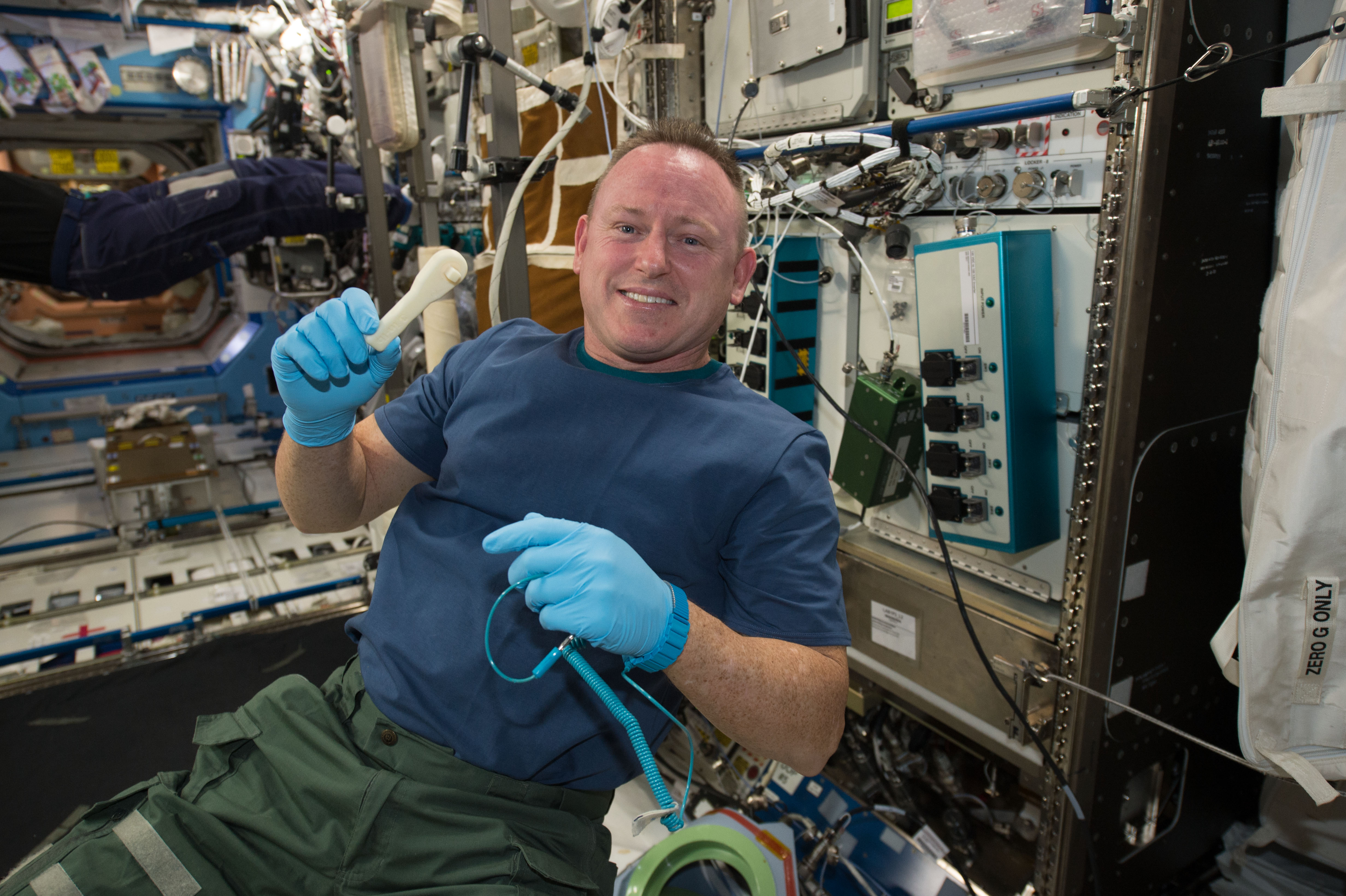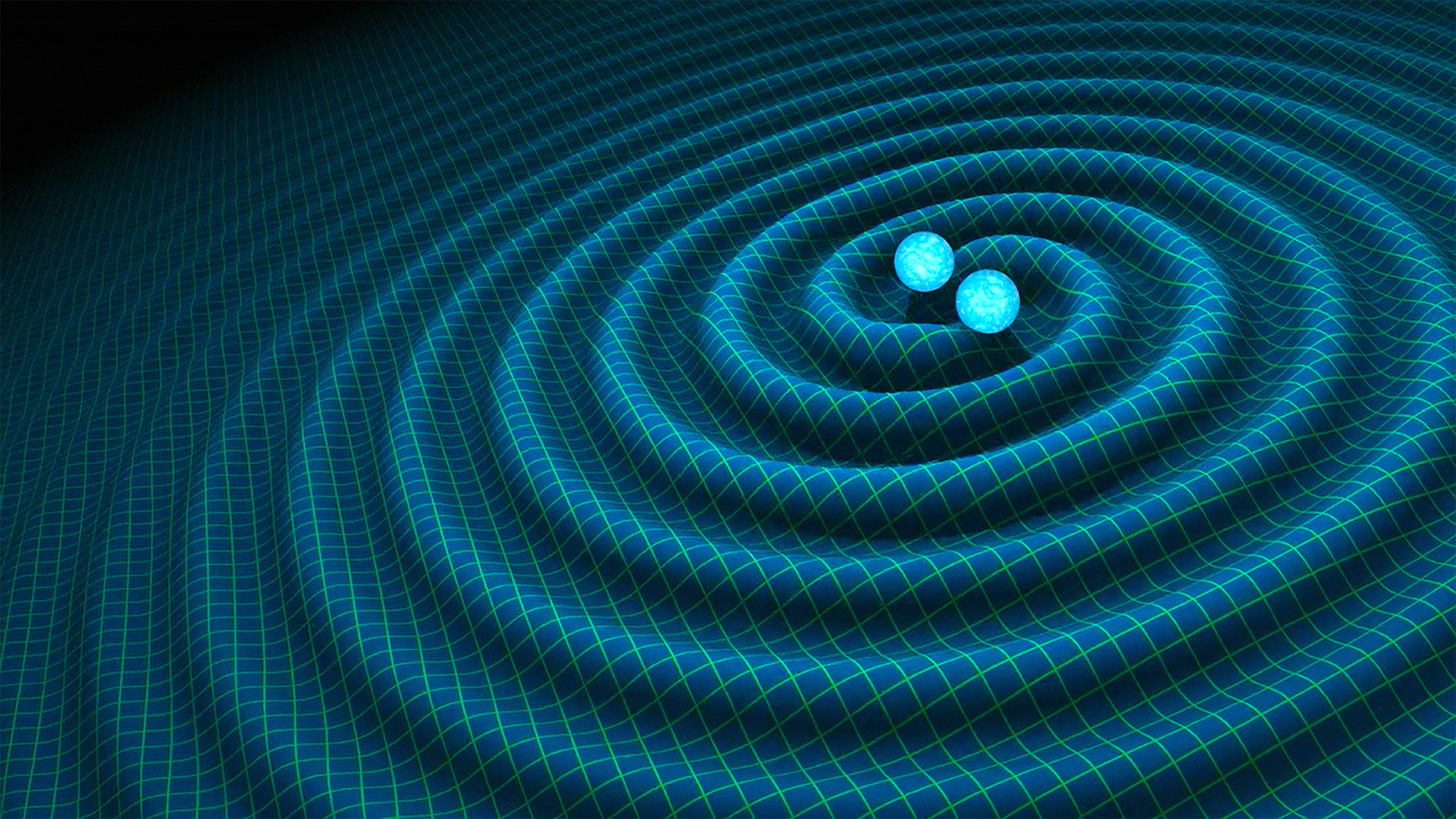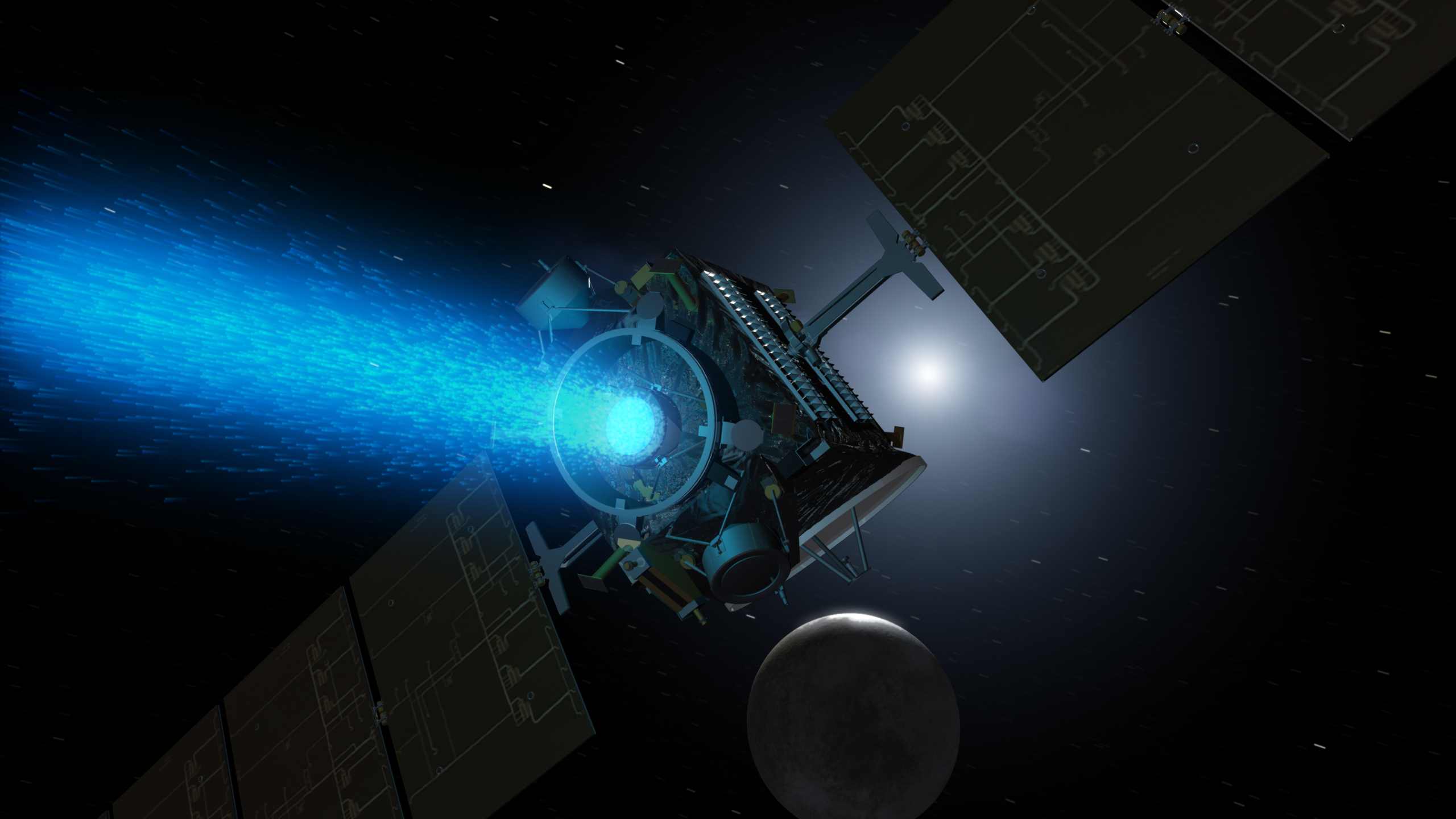13 Things 'Star Trek' Gets Right (and Wrong) About Space Tech
Replicators

These were commonly used on "Star Trek: The Next Generation" to give Deanna Troi her favorite chocolate treats, or to provide Jean-Luc Picard with the "tea, Earl Grey, hot" that he favored when relaxing in the captain's quarters.
Today, it is possible to carefully create objects using 3D printers, even aboard the ISS. These machines work by slowly building objects, layer by layer, out of plastic, polymers, metal or other materials.
"We know how to create microchip circuits and experimental nanometer-scale objects by 'drawing' them on a surface with a beam of atoms," Batchelor wrote. "We can also suspend single atoms or small numbers of atoms within a trap made of electromagnetic fields, and experiment on them. That's as close as the replicator is to reality. Making solid matter from a pattern, as the replicator appears to do, is pretty far beyond present physics." [3D Printing In Space: A New Dimension (Photo Gallery)]
Sensors and tricorders

In "Star Trek," the Enterprise's sensors were often used to search for spaceships and other objects. Tricorders are miniaturized devices to look close-up at an object to determine, say, what kind of injury a crewmember sustained, or what a strange-looking rock was made of. A tricorder could even send an automated distress signal back to the Enterprise.
Today, we have many kinds of sensors such as radar, sonar, laser ranging, vibration, gravimeters, energetic-particle detectors and light-wavelength detectors, Batchelor wrote. It's also possible to peer inside the human body (or other objects) using magnetic fields and radioactive detectors. Tricorders could be seen as a more advanced version of today's MRI machines, but the "Star Trek" sensors are likely not possible since they use (imaginary) subspace fields.
"Here on Earth, the LIGO observatory [Laser Interferometer Gravitational-Wave Observatory] has detected gravitational waves, enabling scientists to study direct observations of faraway colliding stars that had become black holes long ago," Batchelor wrote. "The patterns of waves confirm Albert Einstein’s gravity theory (the general' theory of relativity). This is currently the most awesome kind of sensor in modern technology."
Transportation

"Star Trek" uses many modes of fanciful transportation to get around the universe:
- Impulse engines: Rocket engines that run on fusion reactions. Batchelor wrote that this very advanced technology is not possible today, but it could happen in the future.
- Ion drives: These engines accelerate ions (charged particles) using electricity. In real life, ion drives have been used on multiple spacecraft, including NASA's Dawn probe, which is currently orbiting the dwarf planet Ceres.
- Time travel/wormhole travel: This is a famous "Star Trek" trope; for example, it was used to rescue whales of the 20th century in "Star Trek IV: The Voyage Home." But the mathematics and physics don't really hold up, Batchelor wrote; such travel would require "untested imaginary models where Einstein's relativity theory is stretched to its ultimate limits."
- Transporters: These machines move people and equipment between a planet and a ship by dissolving an object or living being, and rematerializing it perfectly somewhere else. In the real world, atoms and photons have been transported, but nothing more complex yet. Better quantum computing would be needed to improve this technology, Batchelor wrote.
- Warp interstellar drives: These engines propel starships between different stars or galaxies extremely quickly. Batchelor wrote that, while the warp drives in "Star Trek" are cool, they "violate known physics to an extent that can't be defended." That's because, he added, they "involve huge discharges of energy and subspace fields that aren't understood in today's science," unless something discovered in quantum theory overrides Einstein's work.
Follow Elizabeth Howell @howellspace, or Space.com @Spacedotcom. We're also on Facebook and Google+.
Join our Space Forums to keep talking space on the latest missions, night sky and more! And if you have a news tip, correction or comment, let us know at: community@space.com.
Get the Space.com Newsletter
Breaking space news, the latest updates on rocket launches, skywatching events and more!

Elizabeth Howell (she/her), Ph.D., was a staff writer in the spaceflight channel between 2022 and 2024 specializing in Canadian space news. She was contributing writer for Space.com for 10 years from 2012 to 2024. Elizabeth's reporting includes multiple exclusives with the White House, leading world coverage about a lost-and-found space tomato on the International Space Station, witnessing five human spaceflight launches on two continents, flying parabolic, working inside a spacesuit, and participating in a simulated Mars mission. Her latest book, "Why Am I Taller?" (ECW Press, 2022) is co-written with astronaut Dave Williams.
